 +525555885959
+525555885959
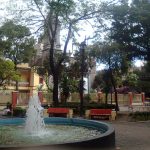
Nearest at 0.26 kms.
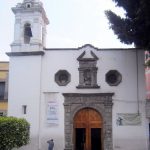
Nearest at 0.29 kms.
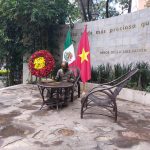
Nearest at 0.29 kms.
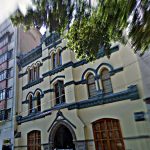
A historic Methodist church in the old grand cloister of San Francisco . . .
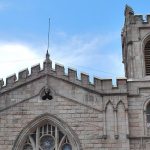
A historic Methodist church on the Avenida Balderas . . .
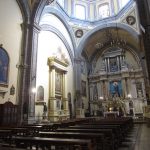
The first target of the counter-reformational Academy of Art . . .

The old church of an important early Dominican convent in the Historic Center...
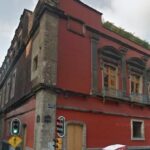
A grand 16th-century school lives on as an events venue and historic monument...